Harry Coday
No Smoke Without Fire
Summary
My MRes research concerns the cultural, environmental and technological implications of fire. As a synthesis of its environment rather than a material entirely in its own right, the characteristics of fire are found to reflect the tempor(e)alities* that emerge from digital media and moving image as well as possibilities brought to us by new technologies such as machine learning.
*This term was first used by Wolfgang Ernst and has become a key concept in Media Archaeology.
Additional info
Unpacking the paradox of fire as both a productive and destructive event, my work uses AI image synthesis to spark new life out of preexisting and archived material. As a result, the work elicits anachronic histories that rely on the past to generate the future and vice versa in loops of ignition, flame, smoke and ash. Propelled through time by the rhythm of various musical genres and techniques (such as disco and breakbeat) that share the same forward-lurching and time-rupturing tendencies, my research culminates in the generation of music videos and VJ-style motion graphics that bring together art, fire, music and AI technology.
This body of work is also supported by a short thesis that builds on and responds to the work of Media Archaeologists including Jussi Parikka and Wolfgang Ernst, writers and philosophers including Gaston Bachelard, Henri Bergson, Michel Serres and Stamatis Zografos, as well as practising artists such as Geraldine Juarez, Hito Steyerl and David Claerbout among many others.
Regenerating Fire
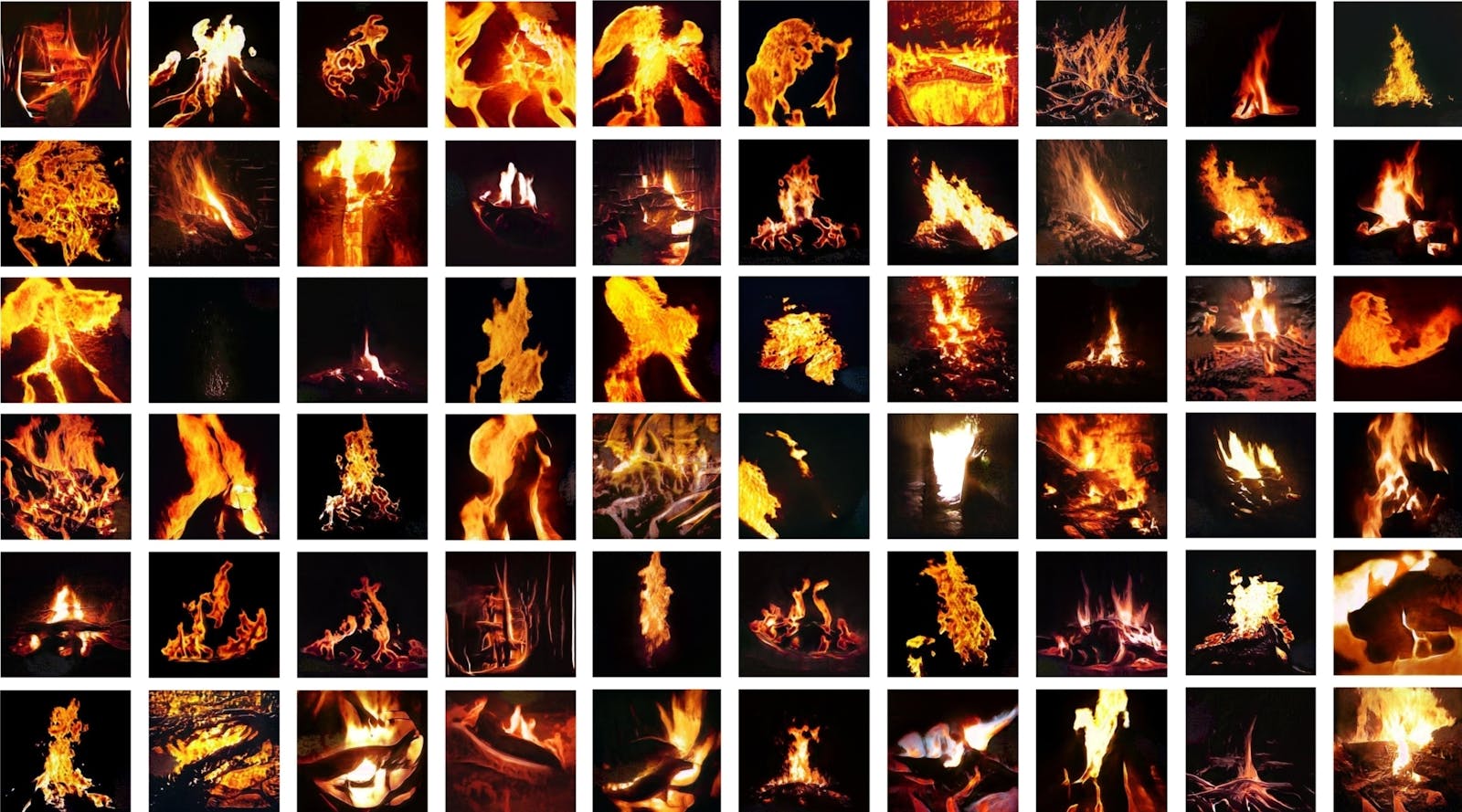
ImageNet, one of the internet's most significant image databases for machine learning and data training, is currently* undergoing maintenance having been ethically compromised as a result of its increasingly questionable stratification of images depicting people.
Although allegedly unrelated to Trevor Paglen and Kate Crawford's ImageNet Roulette project that brought attention to these problematic results in 2019, ImageNet became unavailable for general use. While other image archives remain accessible, I decided instead to manually and directly save images from Flickr, the hosting site where most of ImageNet's images are sourced, and an archive of user-uploaded content that is largely free of AI decisions and bias.
Saving as many images as possible in the period of my laptop's battery life, I built my own synonym set (synset) of images of fire: a job that would ordinarily be the collective effort of a remote community working for fractions of pence at a time to classify data and images into online databases. Asking what exactly my computer and its networks thinks fire looks like, I inputted this new synset into a machine learning training model running on a remote GPU.
*Text written March 2020.
This training process, costing around $10, was paid for with the equivalent credit that I personally earned working on various human intelligence tasks (HITs) for the crowdsourcing marketplace Amazon Mechanical Turk over a period of several weeks. Producing a 30 second 'latent space walk' as well as an infinite continuum of possible images extrapolated from this data, this work comes to represent the time, money and labour that constituted the human/computer collaboration and generation of new, future fires. It implicates computer hardwares, battery lives and the energy consumption of both humans and machines. Ultimately, it feeds back into the world as an archive of fires that could well but do not actually exist, and these images become the material with which much of my other work is made.
Hell Hath No Fury
The last work made in my MRes project, Hell Hath No Fury builds on a previous interest in 'disco inferno' and the abundance of fire in disco and dance music. Following the emergence of breakbeat hardcore, ambient jungle and what is now known as drum and bass music (making up what Simon Reynolds calls the 'hardcore continuum'), I became fascinated by the forward-thinking and future-seeking tendencies of this music not only as a social and cultural movement, but sonically embodied in its sampling and programming of syncopated breakbeats that rupture regular rhythm and anticipate what is yet to come. This music therefore inherently has both nostalgic and futuristic effects, and matches the anachronic qualities found through my investigation of fire, where both natural and manmade events continue to shape our experience and understanding of the world.
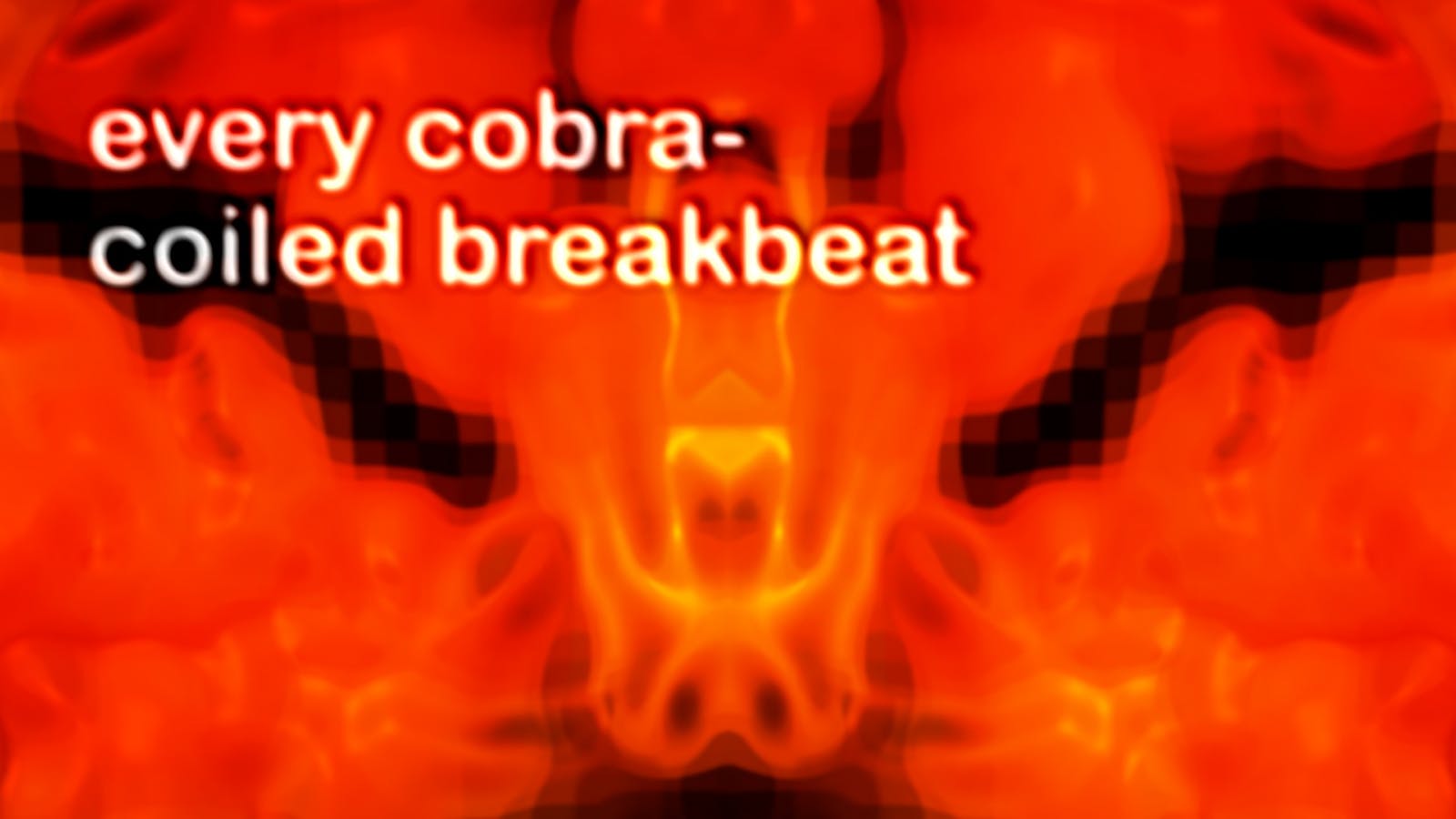
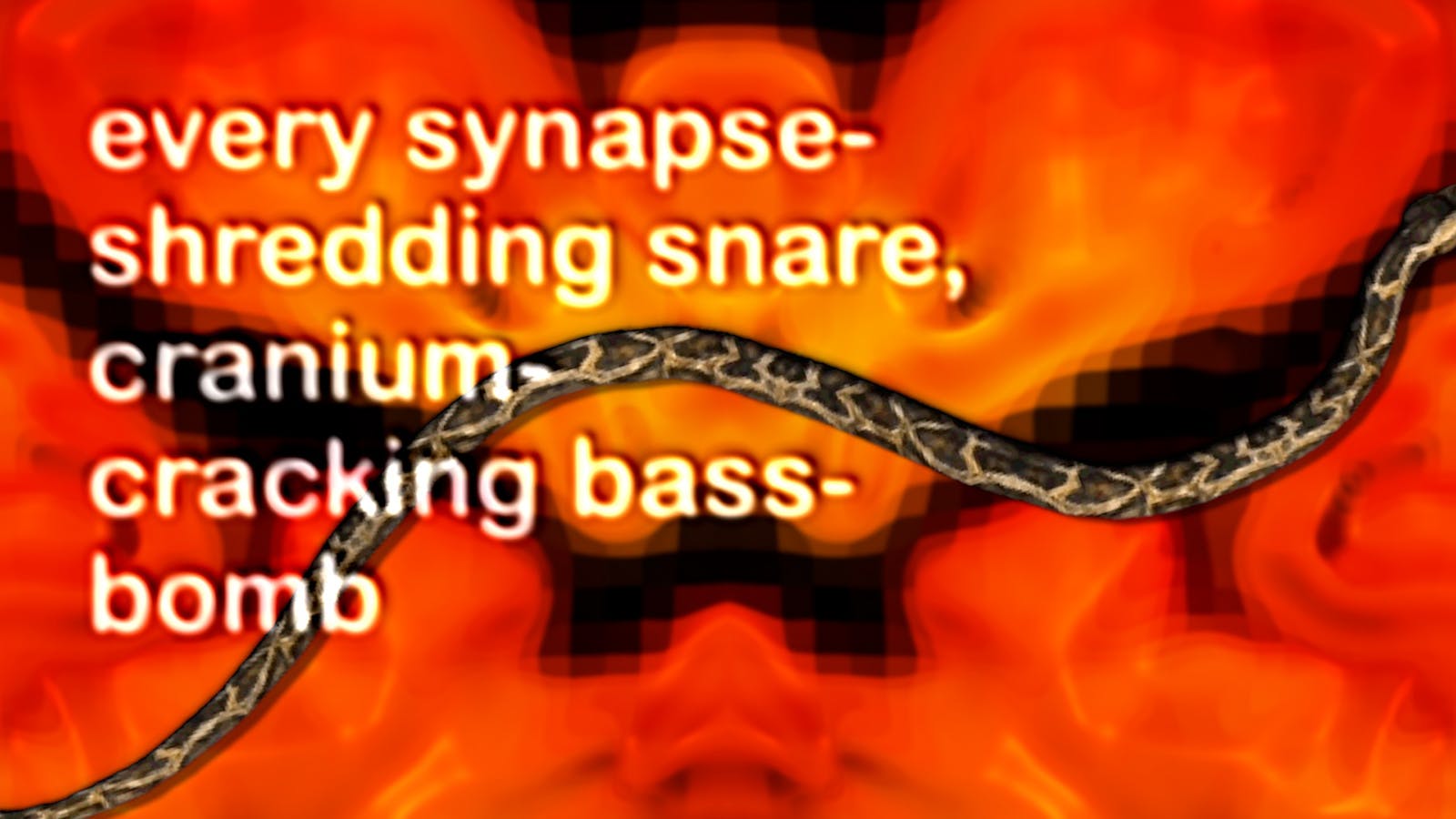
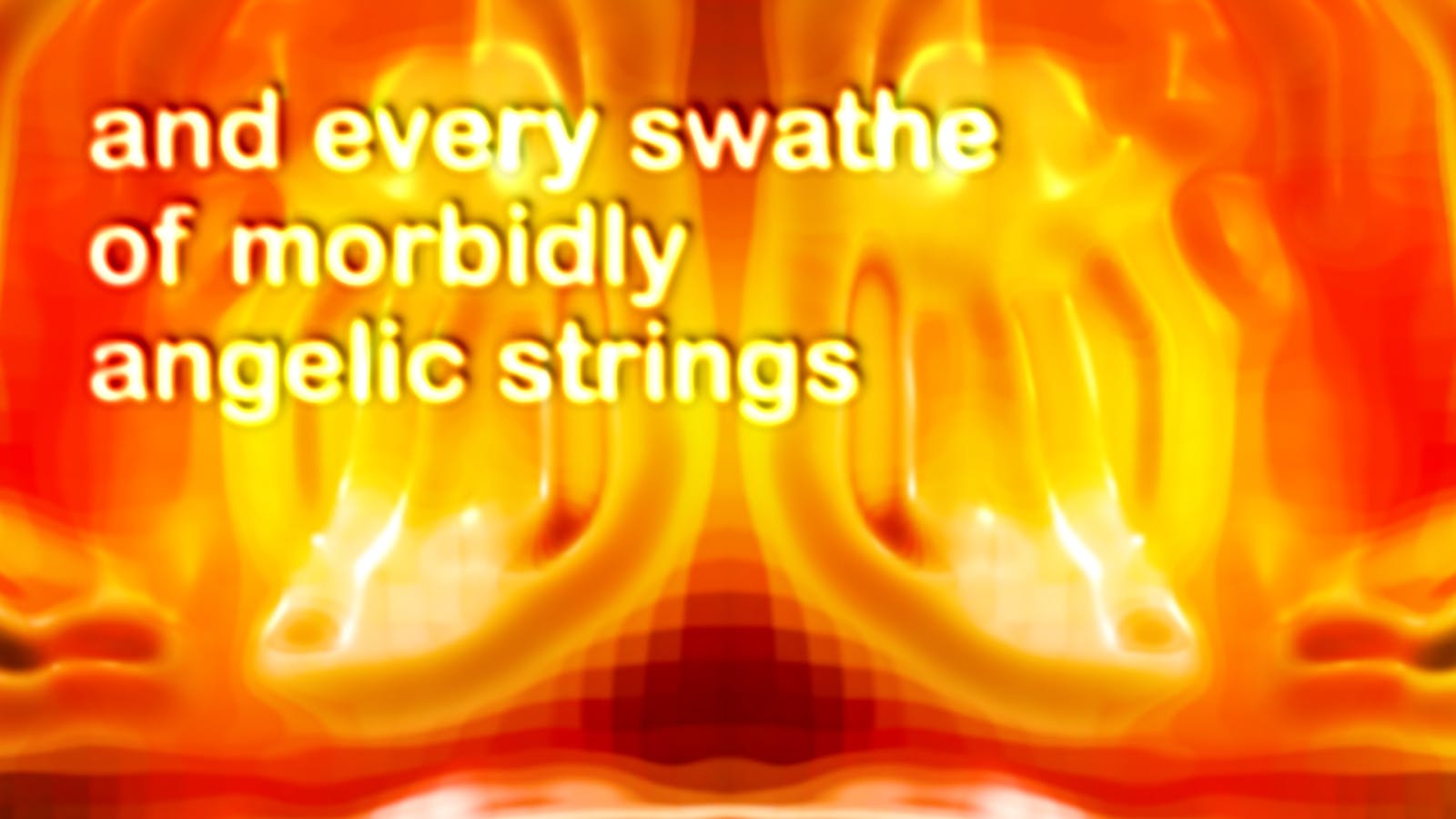
A Plan For London
Taking the proposed but unrealised plans for London's rebuilding project after its Great Fire of 1666 as its ignition point, A Plan for London is a project that uses machine learning models to generate new street plans for the area around Pudding Lane. These new plans were used to generate a 2x2cm virtual drawing displayed in the VR exhibition thumb, as well as a short-form looping video work that considers how the fire shaped the city as we know it today.
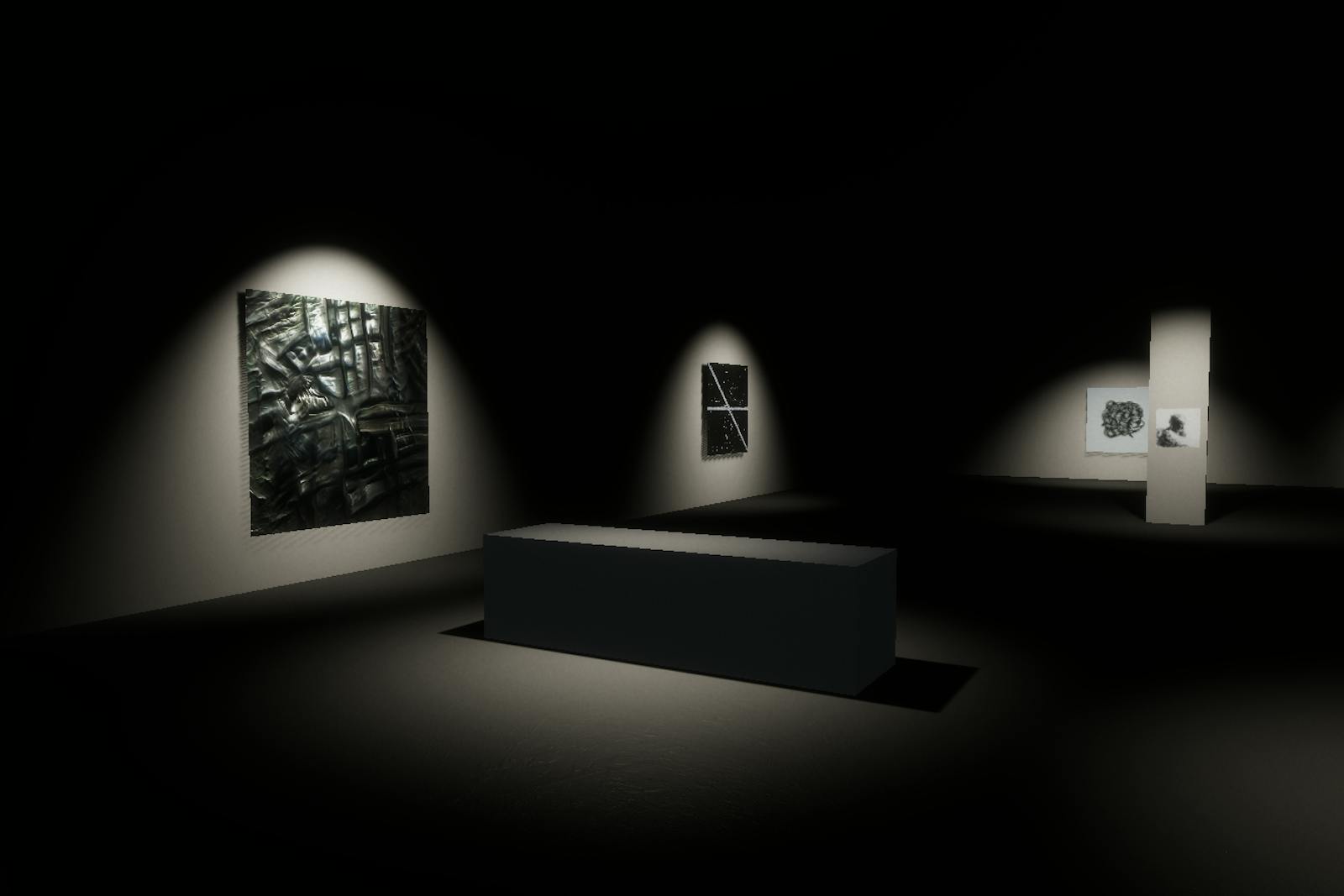
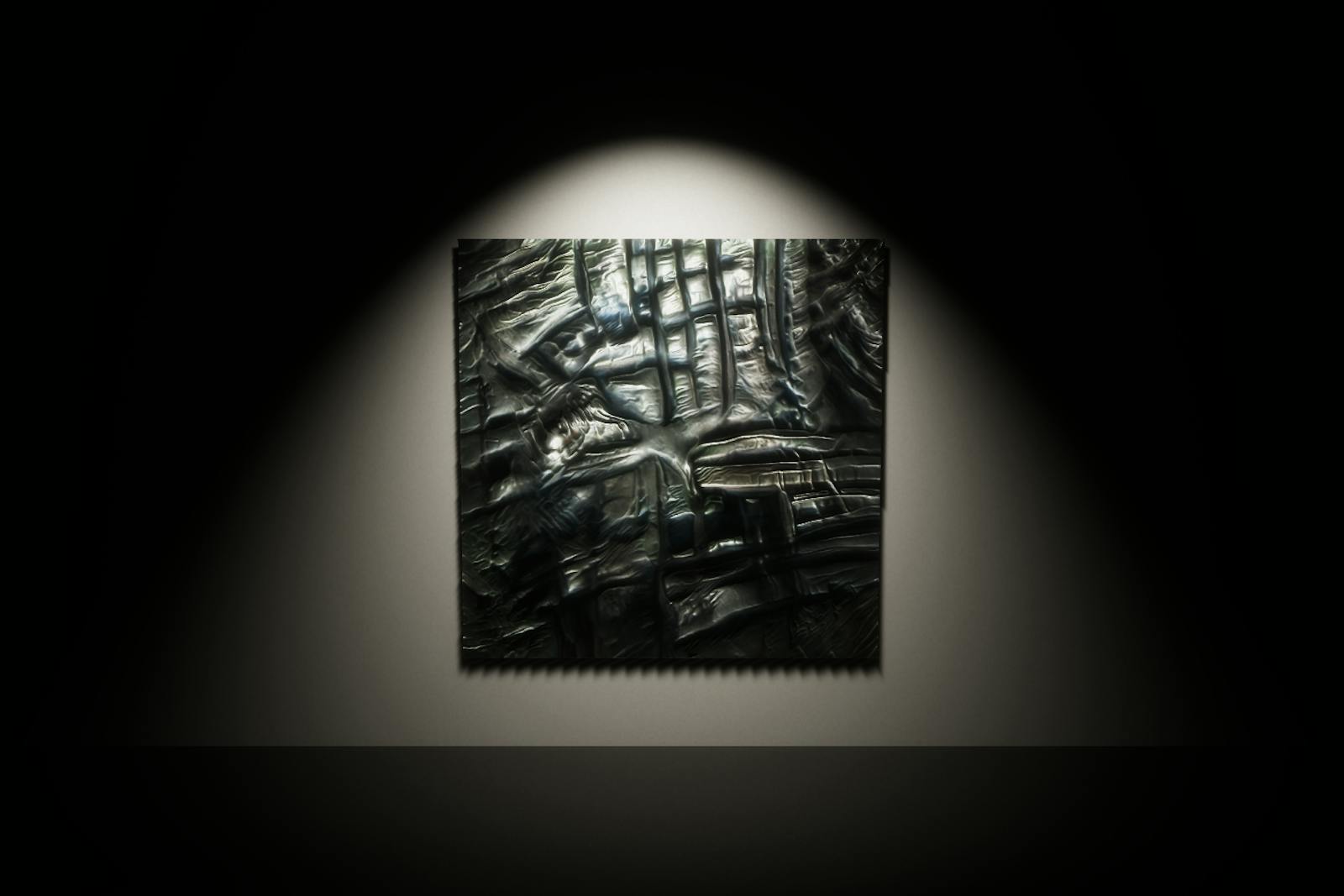
Above: Installation views of net VR exhibition thumb, 2020, curated by Anders Aarvik. 3D environment by Nicolai Oestergaard.
